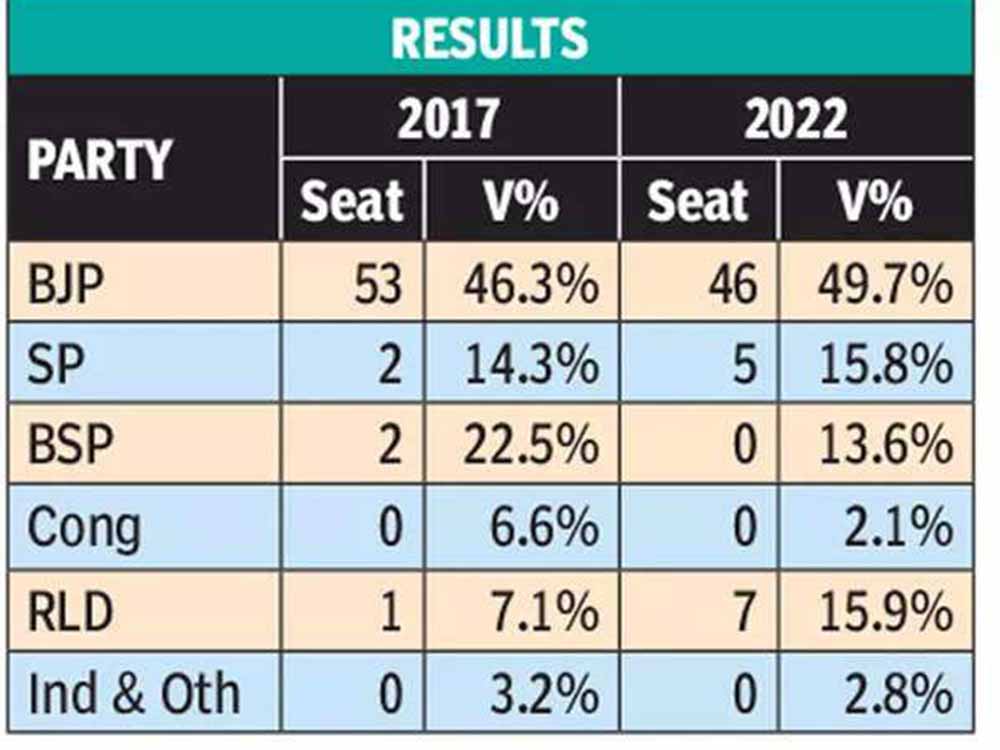Uttar Pradesh Election 2017 – A Political Earthquake in India’s Heartland
The Uttar Pradesh (UP) assembly election of 2017 was a monumental event in Indian politics. As the most populous state in India and a key political battleground, UP’s election had far-reaching implications for the country’s political landscape. This election was marked by intense competition among political parties, caste dynamics, and the emergence of a powerful political force.
The Political Landscape in Uttar Pradesh
Uttar Pradesh, with its vast population and diverse demographics, has historically played a pivotal role in Indian politics. The state had been under the rule of the Samajwadi Party (SP) led by Akhilesh Yadav, with the Bahujan Samaj Party (BSP) and the Bharatiya Janata Party (BJP) as the primary opposition parties.
In the lead-up to the 2017 election, several factors were at play. The SP was dealing with internal family disputes, with Akhilesh Yadav taking control of the party and forming an alliance with the Indian National Congress (INC). The BSP, led by Mayawati, was seeking to return to power by appealing to its Dalit vote base, while the BJP, led by Narendra Modi and Amit Shah, aimed to consolidate its presence in the state.
The BJP’s Landslide Victory
The 2017 UP election resulted in a historic landslide victory for the BJP. The party secured an astounding 312 out of 403 seats in the legislative assembly, a clear majority that allowed it to form the government without the need for a coalition. The BJP’s vote share reached unprecedented levels, reflecting the widespread support it received across different regions and demographics of the state.
Narendra Modi’s leadership and Amit Shah’s organizational skills were instrumental in the BJP’s victory. The party ran a high-octane campaign, focusing on development, governance, and national security, while also leveraging Modi’s charismatic appeal.
Caste Dynamics and the BJP’s Strategy
The BJP’s victory in UP was significant not only for its scale but also for the way it managed to transcend traditional caste-based politics. UP has long been known for its complex caste dynamics, with parties often relying on caste-based vote banks.
In the 2017 election, the BJP adopted a strategy of social engineering, fielding candidates from a diverse range of castes and communities. This approach allowed the party to appeal to a broader cross-section of voters and break away from the perception of being a party of upper-caste Hindus.
The party also strategically targeted the non-Yadav OBCs and non-Jatav Dalits, who had historically supported the SP and BSP, respectively. By doing so, the BJP successfully reconfigured UP’s political landscape.
Implications and National Impact
The outcome of the 2017 UP election had significant implications for Indian politics. It bolstered the BJP’s strength in the Rajya Sabha (upper house of India’s parliament) and contributed to the party’s dominance in national politics. The victory also signaled a broader trend of BJP’s ascendancy in state elections across India.
Additionally, the election underscored the importance of development and governance as key electoral issues, as opposed to traditional caste and identity politics. It demonstrated that voters were increasingly inclined to support parties that prioritized economic progress and effective governance.
In retrospect, the 2017 UP election will be remembered as a political earthquake that reshaped the political dynamics of India’s most populous state and contributed to the BJP’s national ascendancy. It highlighted the changing aspirations of Indian voters and the role of effective leadership and campaign strategies in shaping electoral outcomes.











